Outer Space & Universe
Outer Space & Universe
Space, also known as outer space, is the near-vacuum between celestial bodies. It is where everything (all of the planets, stars, galaxies and other objects) is found.
On Earth, space begins at the Kármán line (100 km above sea level). This is where Earth's atmosphere is said to stop and outer space begins. This is not a firm boundary but is a convention used by scientists and diplomats.
Items in space are free to move back and forth; up and down; and left and right. These three dimensions are what make 3D space. Items also move forward through time, which is sometimes called the fourth dimension.
The majority of space contains very little matter and so most of it is a vacuum. Scientists do not know how big space is but we do know that space is extremely big, and is always expanding.
According to the big bang theory, all matter and energy in the Universe was compressed into a very small space. Then it exploded and started expanding. Space is still growing in size today; this means the distance from one galaxy to distant galaxies is getting longer.
Gravity is the force that keeps the Moon in orbit around the Earth and the planets in orbit around the Sun. Gravity can stretch and bend space similar to how a heavy ball placed on a stretched sheet of rubber will cause the rubber to stretch. The scientist who discovered that space can bend is named Albert Einstein. How gravity bends space is part of his theory of general relativity.
Astronauts, Cosmonauts, Taikonauts and Spationauts
An astronaut is any person who is trained by NASA to travel and perform tasks in space. Although the space traveler may not necessarily be a United States citizen, each astronaut does go through a rigorous training regiment by the National Aeronautics and Space Administration. Other space travelers go by other names then astronaut depending on their country of origin.
In the United States, astronaut is derived from the Greek words ástron (star) and nautis (sailor). While, in Russia, a space traveler goes by the name космонавт (English: cosmonaut), which is derived from the Greek words kosmos (universe) and nautis (sailor). Westerners call a space traveler from China a taikonaut, based on the 1998 writings of Chiew Lee Yik and Chen Lan where the term tàikōng (great emptiness), Chinese for “space”. In China, the term yuháng yuán (universe navigator) is used for space traveler.
Only the United States of America (United States), Russia (earlier, the Union of Soviet Socialist Republics), and the People’s Republic of China (China) have sent manned spacecraft into space. Other countries have assisted these countries by sending their own space travelers on space missions. For instance, a French space traveler is called a spationaut (from the French word spationaute), which is derived from the Latin spatium (space) and Greek nautis (sailor). (plural in Greek nautes = sailors)
-
01:09
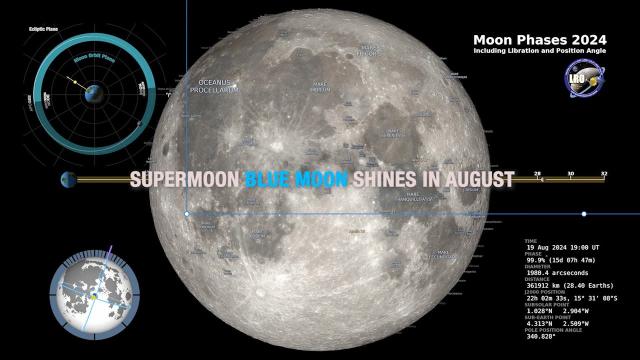
Full moon in Aug. 2024 is a Supermoon Blue Moon!
Added 97 Views / 0 LikesOn Aug, 19, 2024, the full moon will be a supermoon and a blue moon. "Although it will not look blue, as the third full Moon in a season with four full Moons, this will be a Blue Moon," according to NASA. Learn more about blue moons: https://www.space.com
-
02:44
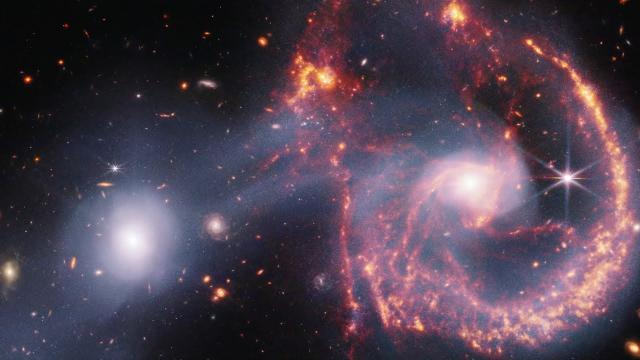
James Webb Space Telescope captures amazing view of galactic mashup
Added 97 Views / 0 LikesThe James Webb Space Telescope has captured imagery of interacting elliptical and spiral galaxies known as Arp 107.Credit: NASA, ESA, CSA, STScI, Danielle Kirshenblat (STScI)
-
09:14
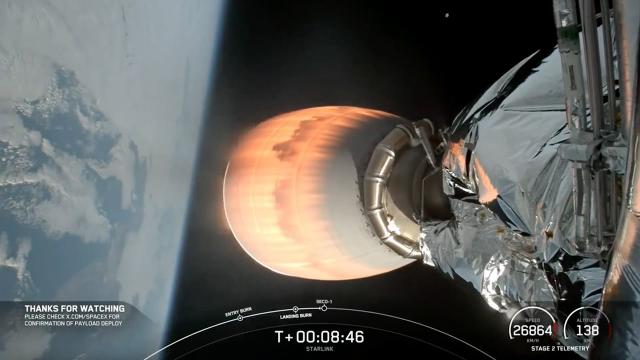
SpaceX launches 20 Starlink satellites from foggy Vandenberg, nails landing
Added 97 Views / 0 LikesSpaceX Falcon 9 rocket launches 20 Starlink satellites from Launch Complex 4 East (SLC-4E) at Vandenberg Space Force Base in California on Sept. 20, 2024. The booster landed on the Of Course I Still Love you droneship in the Pacific Ocean shortly after se
-
01:20
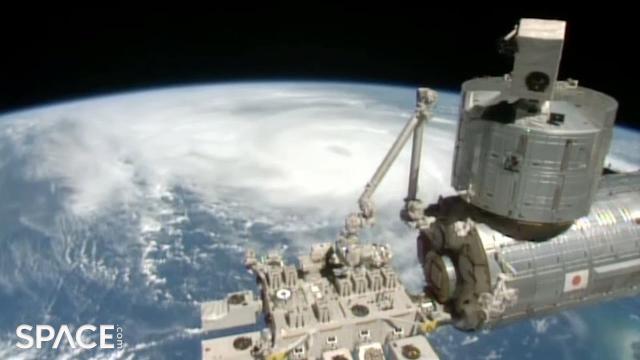
ISS flies directly over massive Hurricane Helene in time-lapse
Added 97 Views / 0 LikesThe International Space Station flew directly over Hurricane Helene on Sept. 26, 2024. [Full Story](https://www.space.com/hurricane-helene-video-from-space-station-nasa-livestream)Major impacts from inland flooding is expected along the path of Helene wel
-
04:57
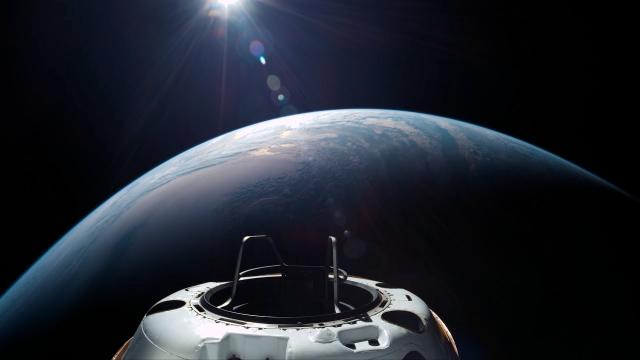
Polaris Dawn | Views from Dragon in flight
Added 97 Views / 0 LikesDuring its five day mission, Dragon and the Polaris Dawn crew completed 75 orbits around Earth.
-
02:59
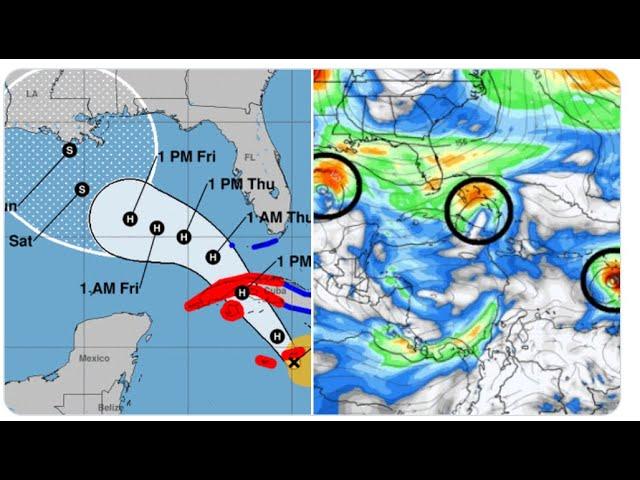
Hurricane Rafael is heading towards the Gulf of Mexico
Added 97 Views / 0 Likeshi.Stay cool.God bless everyone,T
-
03:11
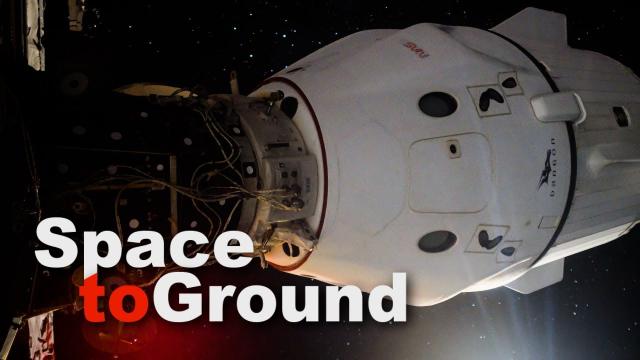
Space to Ground: Location, Location, Location: Nov. 08, 2024
Added 97 Views / 0 LikesNASA's Space to Ground is your weekly update on what's happening aboard the International Space Station. Got a question or comment? Use #AskNASA to talk to us.Learn more about the important research being operated on Station:https://www.nasa.gov/iss-scien
-
03:38
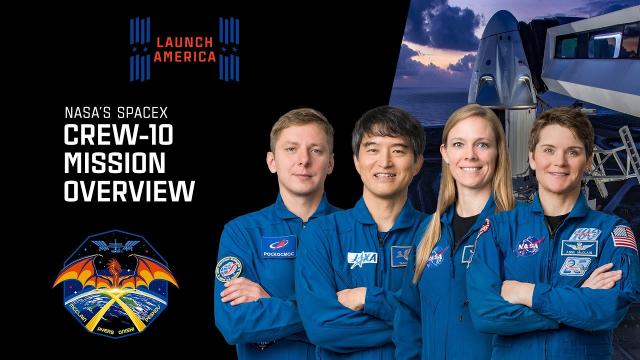
NASA’s SpaceX Crew-10 Mission Overview
Added 97 Views / 0 LikesNASA’s SpaceX Crew-10 mission will carry NASA astronauts commander Anne McClain, pilot Nichole Ayers, JAXA (Japanese Aerospace Exploration Agency) astronaut and mission specialist Takuya Onishi, and Roscosmos cosmonaut and mission specialist Kirill Peskov
-
09:06
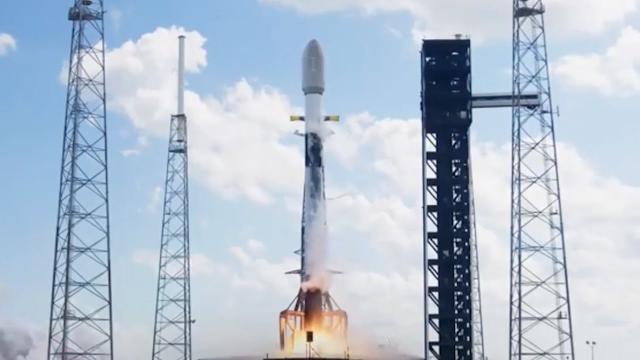
Blastoff! SpaceX Falcon 9 rocket launches 28 Starlink satellites, nails landing
Added 97 Views / 0 LikesA SpaceX Falcon 9 launched 28 Starlink satellites from Space Launch Complex 40 (SLC-40) at Cape Canaveral Space Force Station in Florida on March 31, 2025. Full Story: https://www.space.com/space-exploration/launches-spacecraft/spacex-launches-28-starlink
-
08:45
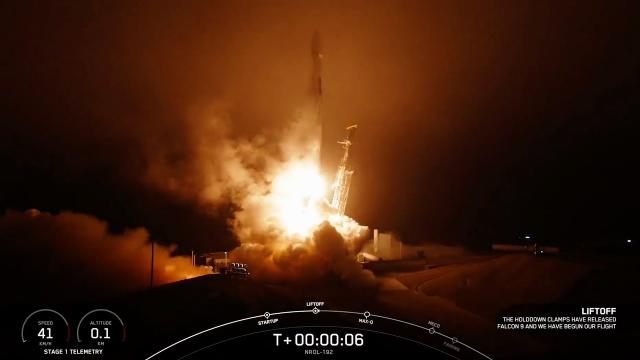
Blastoff! SpaceX launches secret US spy satellite from California, nails landing
Added 97 Views / 0 LikesA SpaceX Falcon 9 rocket launched a classified NROL-192 payload for the U.S. National Reconnaissance Office (NRO) from California's Vandenberg Space Force Base (VSFB) on April 12, 2025 at 8:25 a.m. EDT (1225 GMT; 5:25 a.m. PDT, local time).Credit: SpaceX
-
00:59
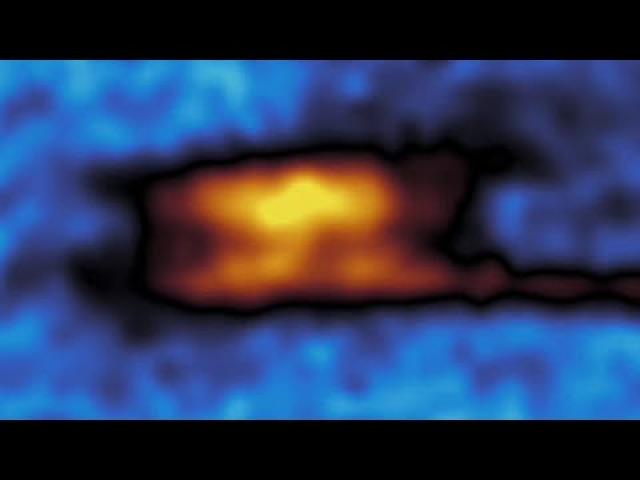
Solar 'switchback' captured for first-time ever
Added 96 Views / 0 LikesThe Solar Orbiter has captured imagery of the "magnetic phenonomenon" known as a "switchback" in the solar corona, according to the European Space Agency. Full Story: https://www.space.com/solar-orbiter-first-images-solar-wind-switchbackCredit: ESA
-
12:52

Sciencetasia
Added 96 Views / 0 LikesTake a musical journey to the International Space Station, where amazing science awaits. This is Sciencetasia!Astronaut Woody Hoburg introduces you to a swirling, colorful and mesmerizing collection of real science experiments conducted in space…all set t
-
00:30
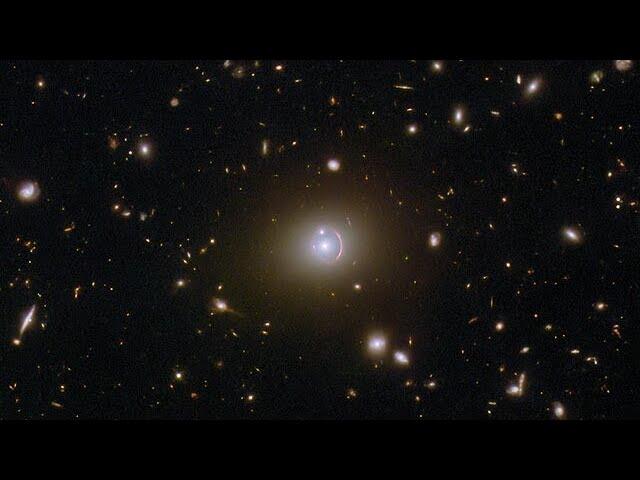
Pan: So near, or so far?
Added 96 Views / 0 LikesA field full of distant galaxies on a dark background. Most of the galaxies are very small, but there are a few larger galaxies and some stars where detail can be made out. In the very centre there is an elliptical galaxy with a brightly glowing core and
-
01:13
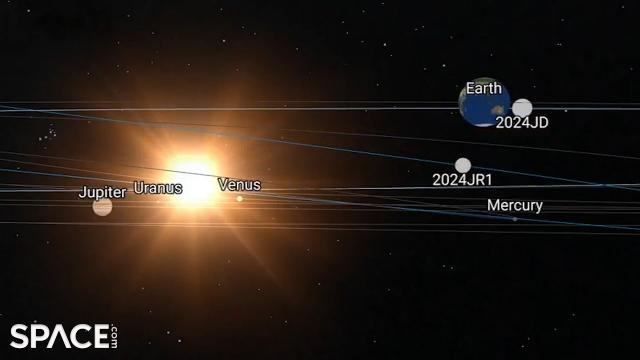
Two asteroids to make close Earth flybys within a day of each other
Added 96 Views / 0 LikesAsteroid 2024JR1 and 2024JD will make close approaches to Earth on May 7-8, 2024. Data on the flybys provided by ESA.Asteroid 2024JR1Closest approach: May 7, 2024Distance: 295,580 km (183,664 mi)Estimated Size: 8 - 17 m (26 - 55 ft)Asteroid 2024JDClosest
-
09:05
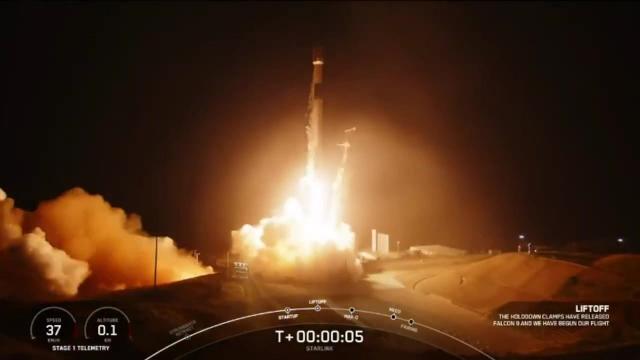
SpaceX launches Starlink batch that includes direct-to-cell capability, nails landing
Added 96 Views / 0 LikesA SpaceX Falcon 9 rocket launched 20 Starlink satellites from Vandenberg Space Force Base on May 10, 2024 at 12:30 a.m. EDT (0430 GMT; 9:30 p.m. on May 9 local California time). Full Story: https://www.space.com/spacex-starlink-launch-group-8-2Thirteen of
-
10:52
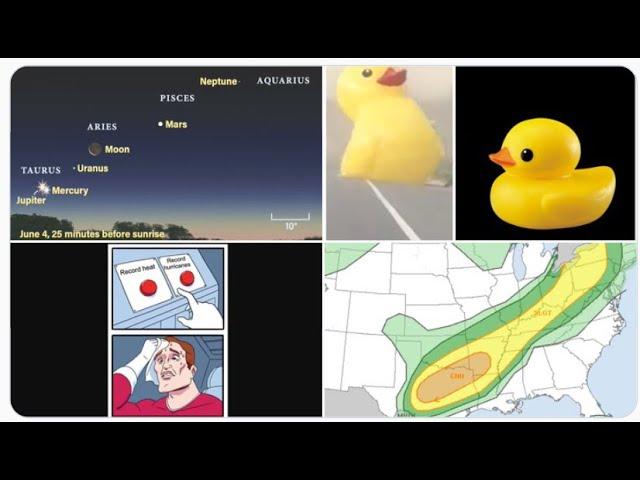
RED ALERT! Dangerous Weather possible 4 Texas OK ARK LA today! and through the end of Month for USA
Added 96 Views / 0 Likeswild times, yo.God bless everyone,Thttps://www.paypal.me/THORnewshttps://venmo.com/TEric-Lewison$THORnews on CashApphttps://www.patreon.com/thornews
-
01:07
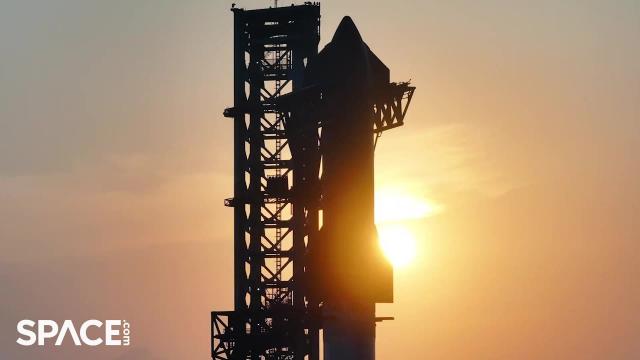
SpaceX to launch Starship on 4th test flight! Mission objectives, trajectory and more
Added 96 Views / 0 LikesSpaceX is preparing Starship for its 4th integrated test flight. See amazing views of the rocket on the pad along with mission objectives and trajectory here. Credit: Space.com | footage: SpaceX | edited by [Steve Spaleta](https://twitter.com/stevespaleta
-
02:48
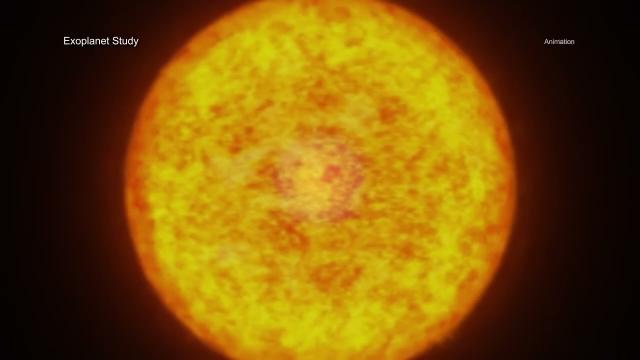
Stars being scouted for ideal habitable zone conditions by Chandra X-ray Telecope
Added 96 Views / 0 LikesThe Chandra X-ray telescope and other observatories are being used to study stars that could potentially harbor habitable planets. Future observatories will use the data to narrow down the list for possible Earth-like planets to image. Credit: NASA/CXC/A.
-
00:30

Pan: RCW 7
Added 96 Views / 0 LikesA visually striking collection of interstellar gas and dust is the focus of this week's Hubble Picture of the Week. Named RCW 7, the nebula is located just over 5300 light-years from Earth in the constellation Puppis.Nebulae are areas of space that are ri
-
06:56

X-Class Solar Flare & one of the Wildest Days in USA History.
Added 96 Views / 0 LikesStay cool & play defense,we ain't done with July 15th & 16th yet.God bless everyone,T
